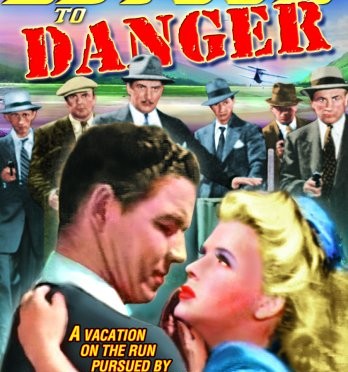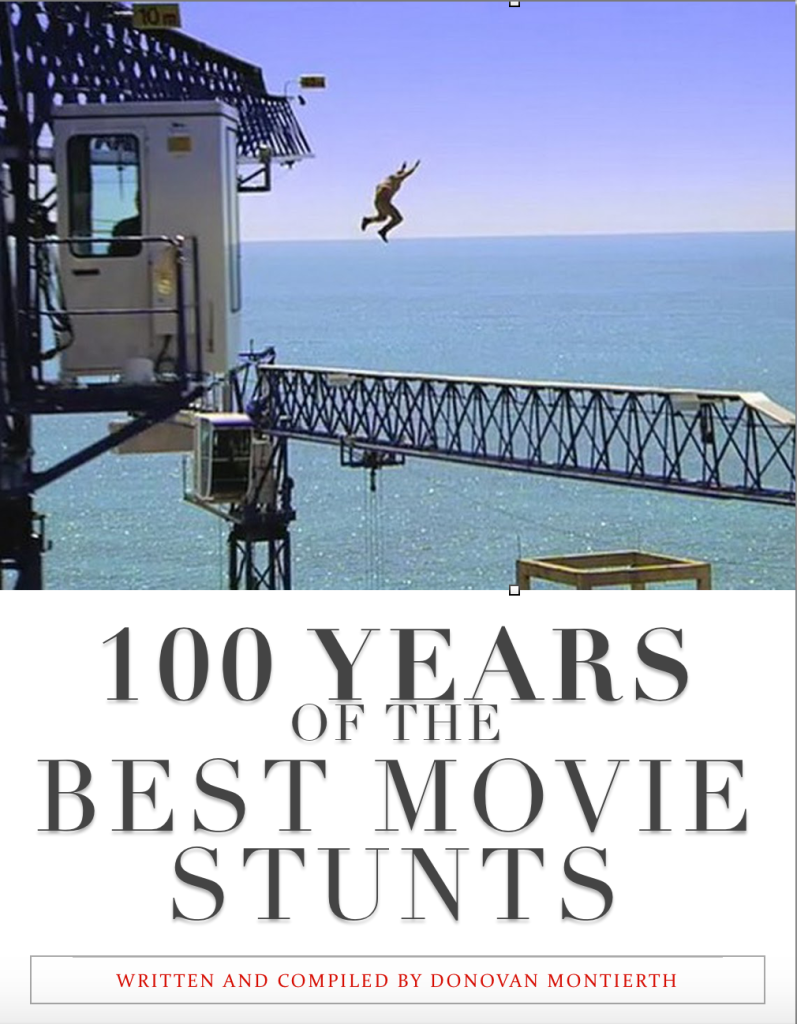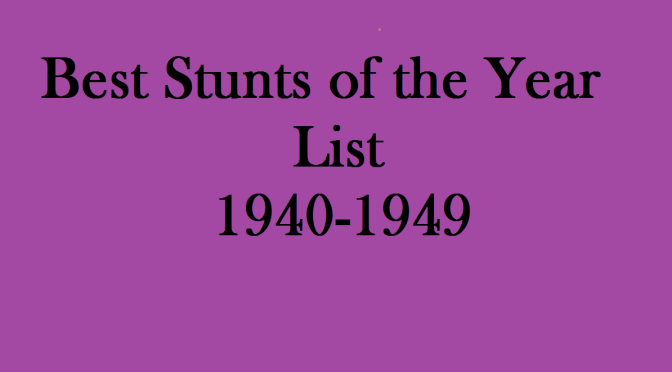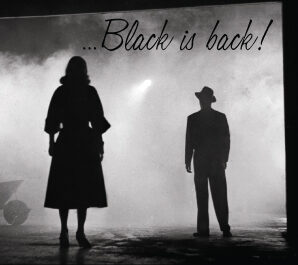Filmed on 16mm film and a very low budget, stuntmen Harvey Parry (See 1921 Best Movie Stunt) and Richard Talmadge (See 1925 Best Movie Stunt) shot a film largely forgotten over time, about two young men who set out on a fishing trip. They run into a gang of criminals who bully two young women.
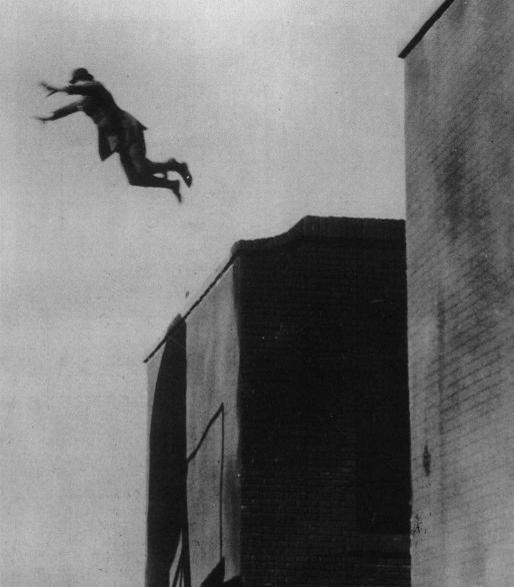 |
| Richard Talmadge |
It’s largely forgotten because of its terrible qualities, bad film quality, lousy script, hammy actors, and low budget. But those of us who remember it, remember the last 12 minutes of the film which is all non-stop FIGHTING. This is the real reason to watch this film, as it reminds you quickly of the type of film all young filmmakers make when they get together with all their friends and make a film; for the fun of it.
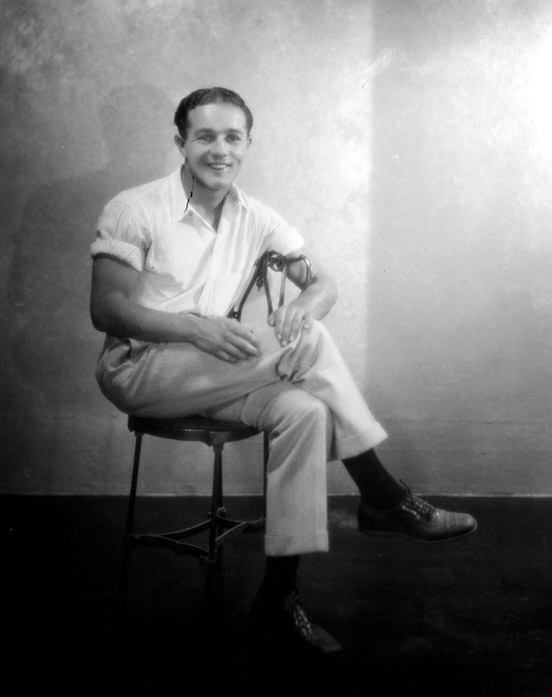 |
| Harvey Parry |
Being stuntmen themselves, I’m sure that Parry and Talmadge wanted to get other stuntmen together and make this movie and it’s sure that they never made any movies without them. They had a way of taking a milk-toast script and giving it a little bang. Talmadge would direct 6 films over time and acted or did the stunts in over 100. Parry only directed 2 titles (this being his last) and did the stunts or acted in over 200. He was still doing stunts in his eighties!
Things to look up (click on item to go to IMDB page or Website):
Glossary of film terms as defined by the Wikipedia – 16MM – 16 mm film is a popular, economical gauge of film. 16 mm is the width of the film. Other common film gauges include 8 mm and 35 mm. It is generally used for non-theatrical (for instance, industrial or educational) film making or for low budget motion pictures.
16 mm film was introduced by Eastman Kodak in 1923 as an inexpensive amateur alternative to the conventional 35 mm film format. During the 1920s the format was often referred to as sub-standard film by the professional industry. Initially directed toward the amateur market, Kodak hired Willard Beech Cook from his 28 mm Pathescope of America company to create the new 16 mm Kodascope Library. In addition to making home movies, one could buy or rent films from the library, one of the key selling aspects of the format. As it was intended for amateur use, 16 mm film was one of the first formats to use acetate safety film as a film base, and Kodak never manufactured nitrate film for the format due to the high flammability of the nitrate base. 35 mm nitrate was discontinued in 1952.

